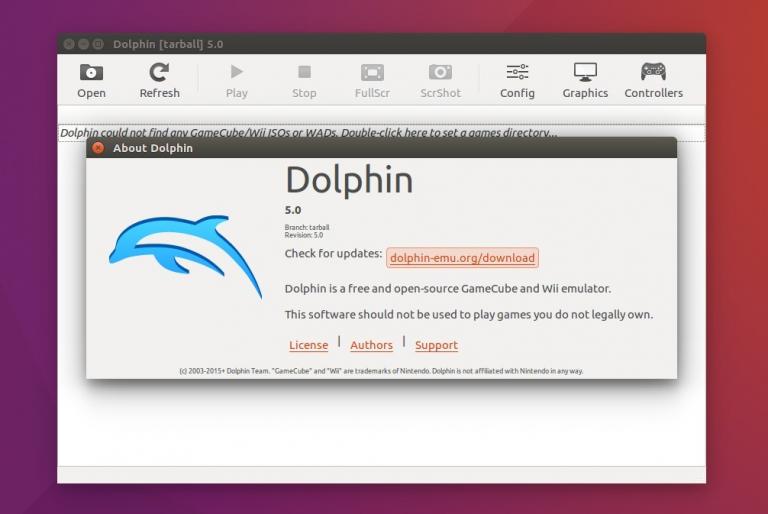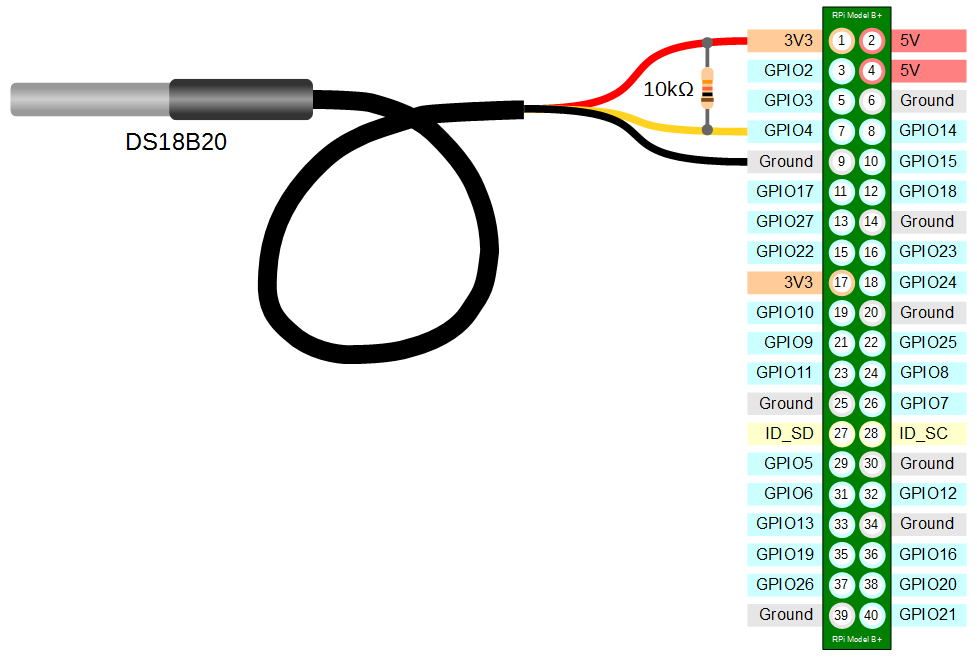
The original onboard batteries may need to be replaced or modified to power both the Raspberry Pi and the display, with careful selection of a voltage regulator or switching power supply to ensure the Raspberry Pi sees just 5 volts of input. In the example project above, the user hollowed out an older MacBook laptop and showed off the project at this Reddit thread.

Most of the Pi hardware can be placed under the keyboard after gutting the original internals. Older laptops are ideal for this project, as their chassis' larger internal volume provides enough space for the hardware you need. Take that dead old Apple laptop out of your closet or grab that '90s-era IBM ThinkPad from your parents’ attic, and use any of them as a housing for a Raspberry Pi! One of the most popular uses for Raspberry Pi hardware is to breathe new life into older technology that would have otherwise joined a landfill. (Registration may be required to view.) Raspberry Pi Vintage Laptop You can also find a much more hands-on/DIY approach to a luminous cube at this Hackster.io page. (In this design, you would bring your own Pi to the kit.) The "project source" link further up showcases the build and programming behind it. The LumiCube project shown above is projected to be available as a kit in 2022 via an Indiegogo push (preceded by a Kickstarter) that was running at this writing. Using LEDs to go from simple patterns to complex transitions, you can create a stunning visual-accent piece for your home.Īdd a microphone, and you can even program the LEDs to alter their color or pattern based on sounds, reacting to voices or music in your home.


Raspberry Pi LED ArtĪlthough this project seems simple, it’s a fantastic way for beginners to work on basic logic, or for more advanced makers to show off their skills. His model was made with a Raspberry Pi 3 Model B, a Pi Touch display, a Pi Camera Module, and several other bits, supplemented by a 3D printed structure. Behold, above, the TouchFree v2: Contactless Temperature and Mask Checkup. To solve these problems, 19-year-old Saksham Bhutani designed a kiosk that automates the process of temperature checks by using facial landmarking, deep-learning tech, and an IR temperature sensor. It's not always possible, though, to manually check temperatures using a contactless thermometer (you need the personnel to do that), and they place the person testing temperatures at risk of exposure.
REDUCING TEMPERATURE RASPBERRY PI RUNNING SNES EMULATORS SOFTWARE
Raspberry Pi Automated Temperature Check With Mask DetectionĪnother ingenious way that Raspberry Pi has been tweaked to help individuals and communities during the pandemic: How about as a COVID cop? By using facial landmarking software and infrared temperature sensors, this Pi project makes for an affordable, touch-free kiosk that provides contactless temperature checks and confirms that each person that passes is wearing a mask.īecause fever is the leading symptom of COVID-19, temperature checkpoints have been staples in some schools, offices, and other workplaces. All that is needed here is a Raspberry Pi board, a USB microphone, a USB speaker, a few buttons, and a willingness not to shout at family members who don’t respond immediately. Thanks to the creative use of a Telegram voice-chat bot, you can use Raspberry Pi to call family members to dinner or let them know that Daddy or Mommy (hopefully, not both at once) is leaving the house for a mental health day. It started as an effort to keep a quarantined-for-weeks father in touch with his daughter in the same house. While social distancing might have become less of a priority for many as 2021 has drawn to a close, this DIY project helps bring the distant members of your household (including kids or spouses working from home) a little closer.

Let’s take a look at some of the best Raspberry Pi projects we’ve seen in 2021. Some of the older pre-Pi 4 models, though, are still available for less than the cost of an entrée at your local diner, and the creativity they have spawned is near limitless.


 0 kommentar(er)
0 kommentar(er)
